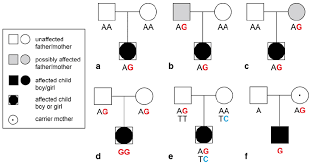SCIENCE EXAM REVISION
1/11
There's no tags or description
Looks like no tags are added yet.
Name | Mastery | Learn | Test | Matching | Spaced |
|---|
No study sessions yet.
12 Terms
Explain how DNA determines the structure and function of an organism.
DNA controls how an organism looks and works by giving instructions to make proteins.
Describe the structure of DNA and how the four bases (adenine, thymine, cytosine, and guanine) pair together.
DNA is a double helix. The base pairs like this: A (Adenine) with T (Thymine), and C (Cytosine) with G (Guamine).
Define what genes are and explain their role in coding for proteins.
Genes are sections of DNA that tells cells how to make proteins.
Describe why cell division is important for the growth and repair of tissues.
Cell division helps the body grow and replace damaged or old cells.
Explain the purpose of mitosis and its role in cell division.
Mitosis makes two identical body cells for growth, repair, and maintenance.
Explain how haploid sex cells differ from diploid body cells.
Haploid sex cells have half the number of chromosomes (sex cells), in cell division.
Describe the process and purpose of meiosis in producing haploid cells.
Meiosis makes haploid sex cells by reducing the chromosome number by half, so genetic information can mix during reproduction.
Describe the process and purpose of meiosis in producing haploid cells.
Meiosis makes haploid sex cells by reducing the chromosome number by half, so genetic info can mix during reproduction.
Explain the difference between dominant and recessive traits and provide examples.
Dominant traits show with just one copy (e.g. brown eyes), and recessive traits need two copies. (e.g. blue eyes).
Distinguish between genotype (genetic makeup) and phenotype (physical traits).
Genotype = the genes (e.g. Bb)
Phenotype = the trait you see (e.g. brown eyes)
PUINNETT SQUARES

PEDIGREES
